Dorfkirche
Were the Templar knights really here? The village church is the oldest trace of the discovery tour. It refers to the exciting, multicolored history and to the origins of Tempelhof in the Middle Ages.
“The Middle Ages were bright, colourful, dramatic and international.”
Insights into the Knights Templar: The Knights Templar are shrouded in legend. What was this equestrian Christian order about, and why was it in Tempelhof? Dr Ralf Lützelschwab, an expert on the Middle Ages, reveals facts behind the legends.
Audio transcription
Here you will find the podcasts audio transcription >>
My name is Ralph Lützelschwab. I’m a historian at the Free University of Berlin, with a speciality in church history and the history of religious orders in the late Middle Ages, namely from the 12th to the early 16th century – which is a fascinating time. People sometimes call the Middle Ages dark, but that’s not the case. The Knights Templar are an example of how bright, dramatic, colourful and distinctly international the Middle Ages could be.
The job of a historian can be complicated. Historians depend on sources. These can be written, or also archaeological. In the case of Tempelhof, they’re very scarce. There wasn’t an archive or a library here. However, we can still draw conclusions from the few sources we do have. But please keep one thing in mind: the fewer the sources, the wider the possible range of hypotheses and speculation. For Tempelhof, that means there are various different attempts to explain why the Templars settled precisely here. The most likely reasons concern two margraves who lived in Brandenburg at the beginning of the 13th century. One went on a pilgrimage to the Holy Land, meaning to Jerusalem. The other went there too and even fought as a crusader. It’s possible they met Templars, and were impressed by them. They could well have decided to invite knights from the order to this outlying area which still had heathen peoples – essentially as a spearhead of Christianisation, and as a capable and networked international partner for developing the land. In any event, the Templars settled here much earlier than the first written mention we have, which is from 1290.
In Tempelhof they established a commandery, which was the lowest independent administrative unit for an order of knights. What we have here is a small, simple settlement – the smallest in the margraviate of Brandenburg. It was apparently designed as a small fortress surrounded by a moat, accessible via a bridge and gatehouse. There was a church, which is today’s village church, a main building with a tower, a stall and a garden for the refectory. We’re talking about 16 hectares of land, which were probably farmed by the order itself. That wasn’t the entire estate. It also included extensive fields and land in Marienfelde and Mariendorf, so the commandery had a total of around 200 hectares in the 14th century. The order didn’t do much trade. The priority was on economic independence.
But who were the Templars who built and ran this commandery? After all, the Knights Templar were considered the largest and wealthiest military order in Christianity with the greatest influence on the royal courts of Europe. Their story begins around 1120 when French knights formed a fraternity with the aim of protecting pilgrims to Jerusalem, and also the grave of Christ there. They established a centre near the temple of Solomon in Jerusalem and became known as the Templars. Two other orders were founded at roughly the same time, the Knights Hospitaller and the Teutonic Knights, who also played an important role in stabilising crusader rule in the Holy Land.
The Templars structured their life around the three vows of chastity, poverty and obedience. But they introduced something new, namely a fourth vow of armed combat. This caused a stir in the more or less set structure of Middle Age society, because it opened up the otherwise strict lines between clerics, combatants and labourers. There was now a prominent group that combined community life with combat, which was very attractive for many people. The Templars fought heathens, first in the Holy Land, in Palestine, but soon also in Spain and other places where Christianity was supposed to prevail. The order, which even at its peak didn’t have more than 12,000 members, received many gifts and privileges, and became very wealthy. Revenue from its European estates went primarily toward financing its main aims in the Holy Land. But wealth-based political influence, power, and riches would also lead to the downfall of the Templars.
When the port city of Acre fell in 1291, so too did the last outpost of the crusaders in the Holy Land. That also destroyed the material and ideological foundations of the Templars’ actions. But although the Holy Land was lost, the order’s extensive estates in Europe remained. At the beginning of the 14th century, the Templars were a thorn in the flesh of the French king in particular. The king needed money, which the Templars had in abundance. The king wanted all the power for himself, and the Templars had too much and were showing of signs of forming a state within a state. The problem was that the Templars were subject to the pope instead of the king. How convenient, then, that the popes were not residing in Rome at that point but instead in Avignon, and needed to maintain good relations with the French king who then took advantage of the opportunity. On Friday the 13th of October, 1307, the properties of the Templars in France were besieged and the inhabitants imprisoned, affecting around 1,000 sites. Charges were fabricated, trials held, and after several years of conflict the order was finally dissolved in 1312 by order of the pope. The head of the order was executed. The holdings were granted to the Hospitallers. That happened in Tempelhof too, where the Hospitallers held the estate until 1810. Legends about the Templars’ fabulous wealth persisted for centuries, and many of their sites were excavated from top to bottom. Rumours frequently arose of secret passages leading to hidden treasures, which was also the case for Tempelhof.
How Tempelhof started
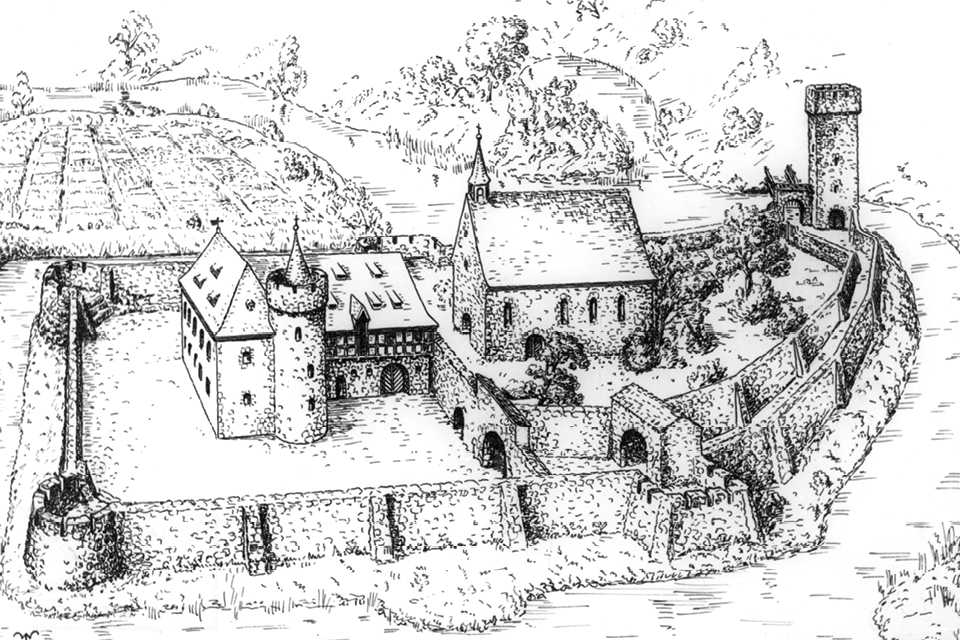
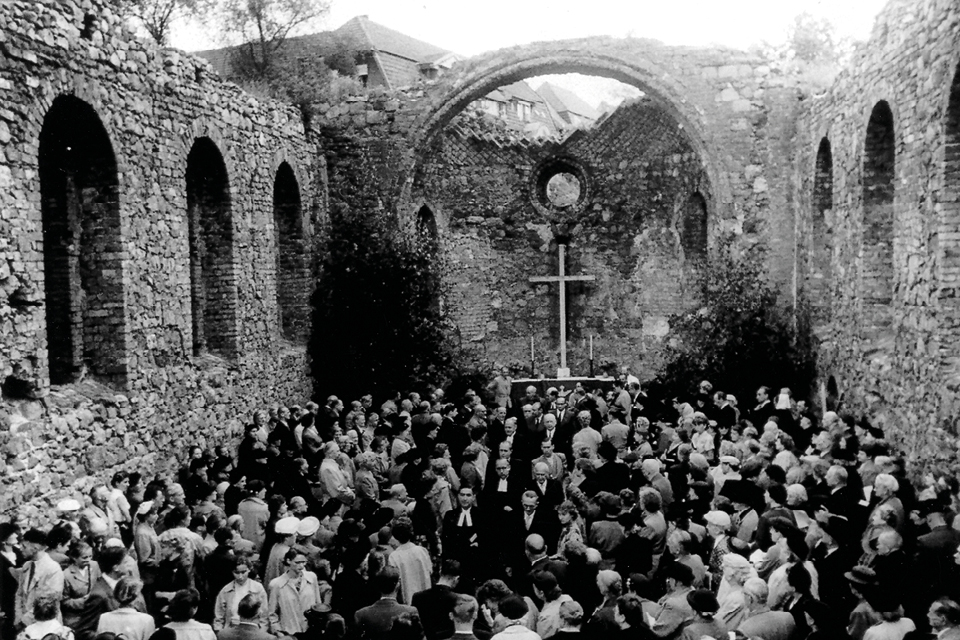
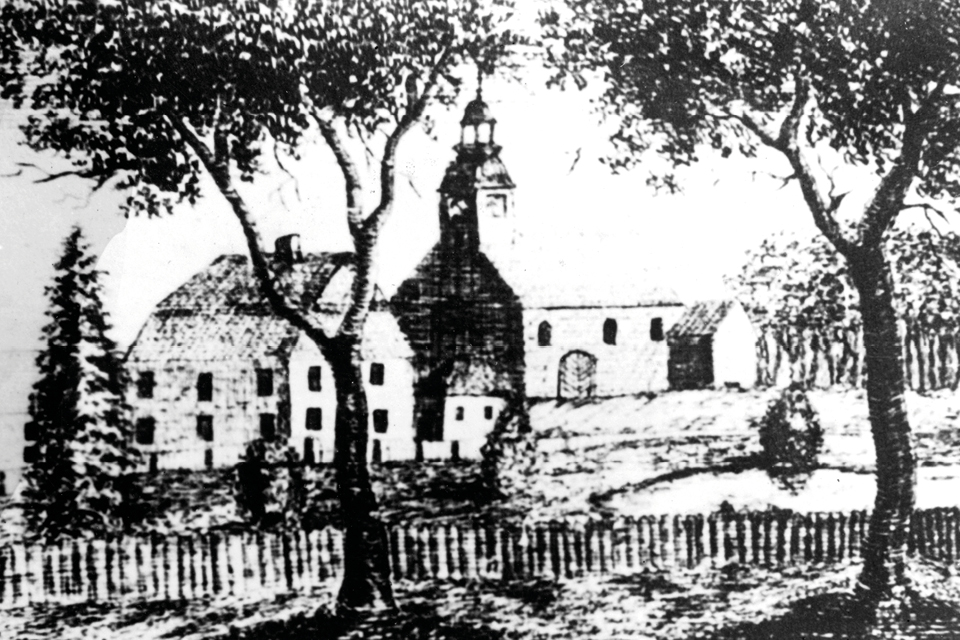
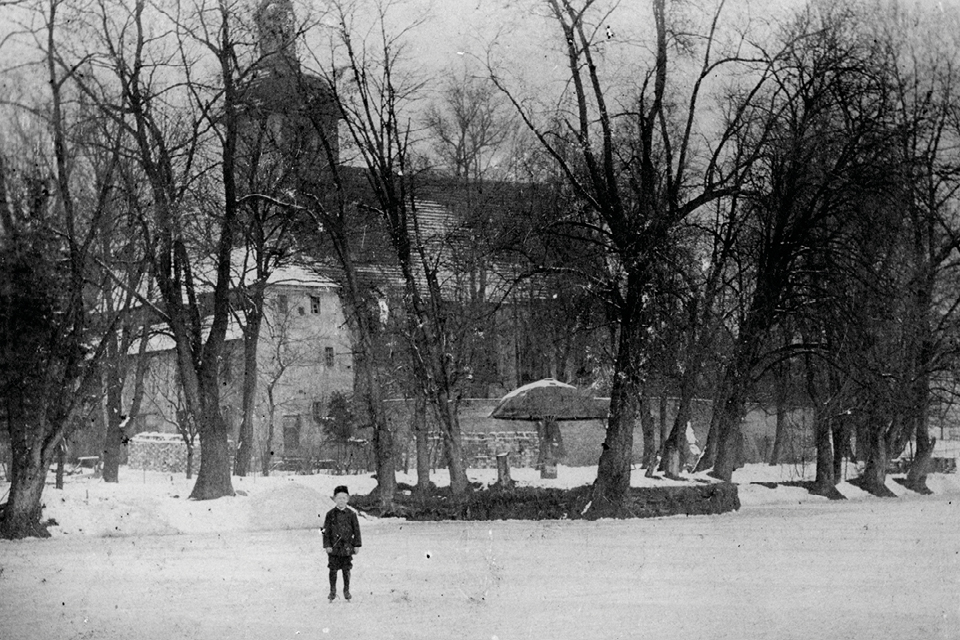
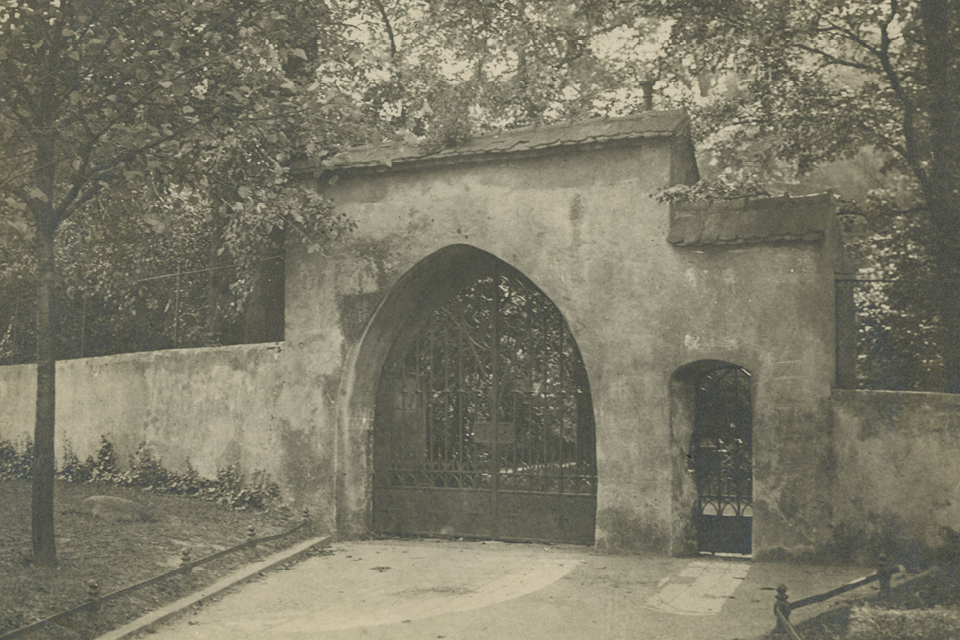
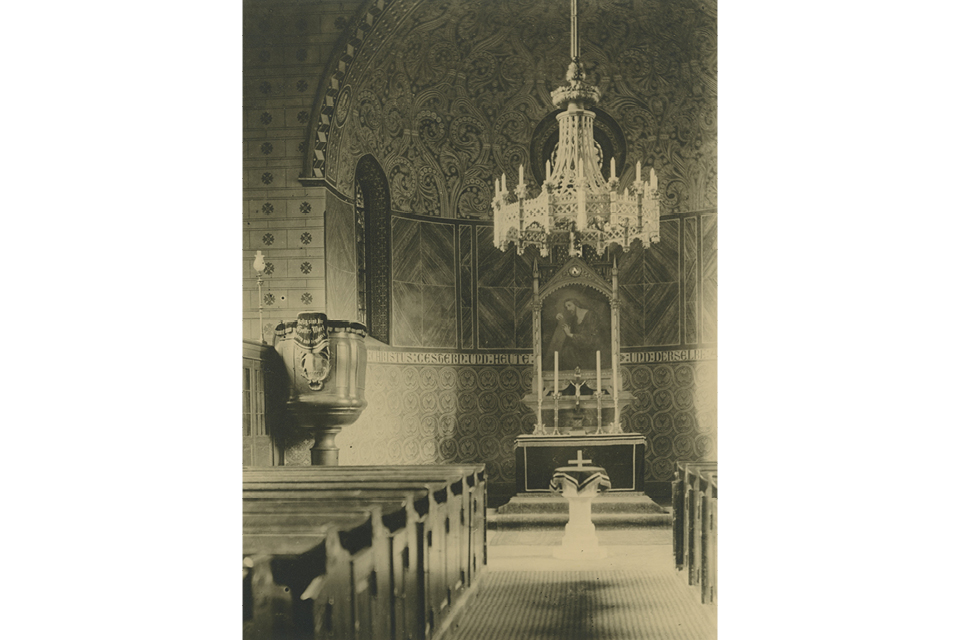
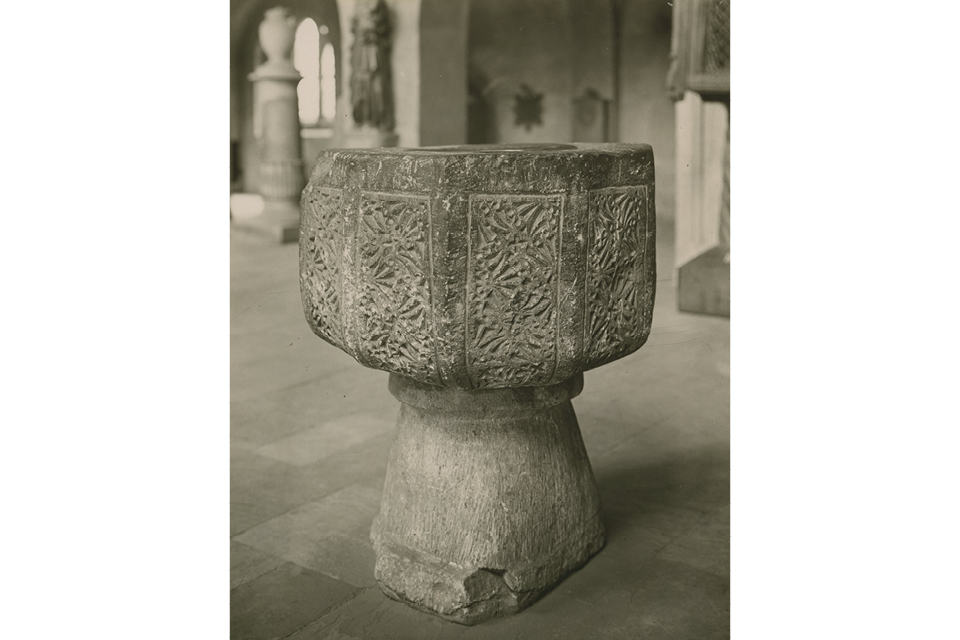
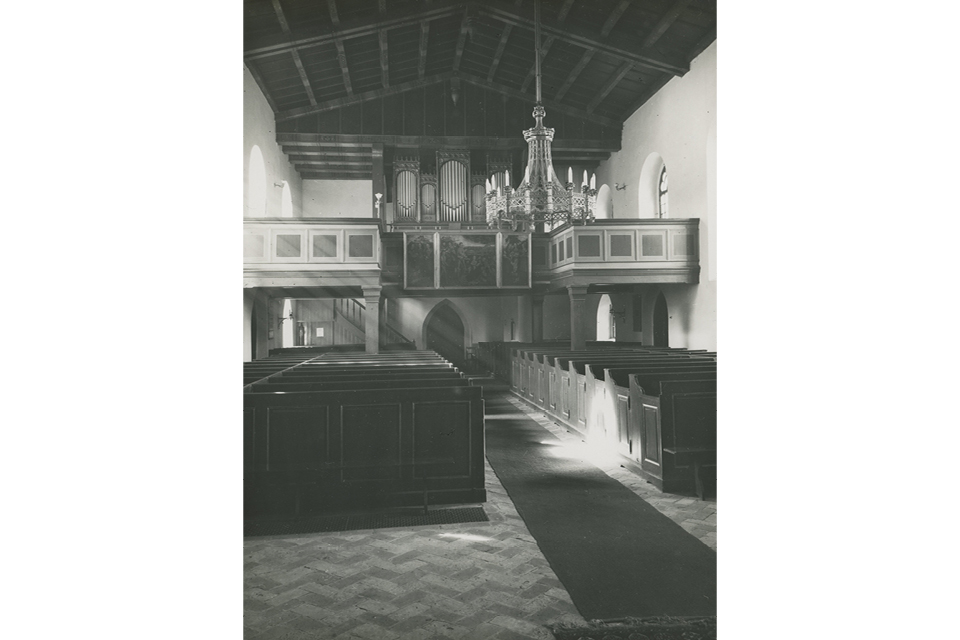


Knights Templar on the Teltow plateau
The name “Tempelhof” reflects part of local history. In 1210 the Knights Templar were given a wooded area here on the Teltow plateau. They were the first Christian military order of knights, an elite unit answering directly to the pope. In the Middle Ages they established a seat in Tempelhof. It consisted of a residential complex, garden and stall. It also had fields outside its walls. Field work was directed from an outlying farmstead, and a church stood at the centre of the Templar compound. We do not know what the Templars were sent here to do. One hypothesis is that their territory served to secure borders between the landed property of the House of Ascania, the House of Wettin, the archbishops of Magdeburg and the duchies of Silesia and Pomerania. The Templars’ presence here has been confirmed. Old documents about sales and gifts contain references to “Templo”, “Tempelhove” and “Tempelhoffe”.
Tempelhof changes hands
Pope Clement V dissolved the Templar order in 1312. Its lands were transferred to the Knights Hospitaller. For a long time the Hospitallers had to defend this area against what were then the twin cities of Berlin and Cölln. After years of conflict, in 1435 the Hospitallers sold the contested area to Cölln for a high price. Over subsequent years, the Tempelhof knights’ seat changed hands many times. Until the end of the 19th century, it belonged to different margraves, electors, private citizens and estate managers. We know some of these people by name. From 1630 to 1640 Tempelhof belonged to Count Adam of Schwarzenberg. In 1640 he was dispossessed by Elector Friedrich Wilhelm who held the estate for the next ten years. Tempelhof was then owned by Luise Henriette, the wife of Friedrich Wilhelm, from 1650 until her death in 1667. From 1749 to 1765 Carl Franz von Reinhardt lived at the estate and ran it together with his wife Charlotte. After his death she continued to run it until 1796. Their daughters sold it to Friedrich Heinrich von Podewil. An estate manager named Moiske lived in the old manor house in the late 19th century until it was torn down in 1900.
Colourful church history
The Tempelhof village church has a special status. It is the oldest medieval village church in Berlin. It was built in the mid-13th century on the foundation walls of a previous church. It was subsequently destroyed several times and reconstructed in different architectural styles. In 1848 its front and side-entry windows were rebuilt. And in 1944 it was severely damaged by bombs. The church was rebuilt yet again from 1954 to 1956. A portal, sacristy and Romanesque windows were added. In 1956 the tower was restored in half-timbered style. The interior of the church is also impressive, and highly valuable from an art history perspective. One key component is the “Catherine altar”. It has a three-part painting known as a triptych, made by the artist Daniel Fritsch. The church’s baptismal font and a wooden pietà are now in Berlin’s Märkisches Museum.

